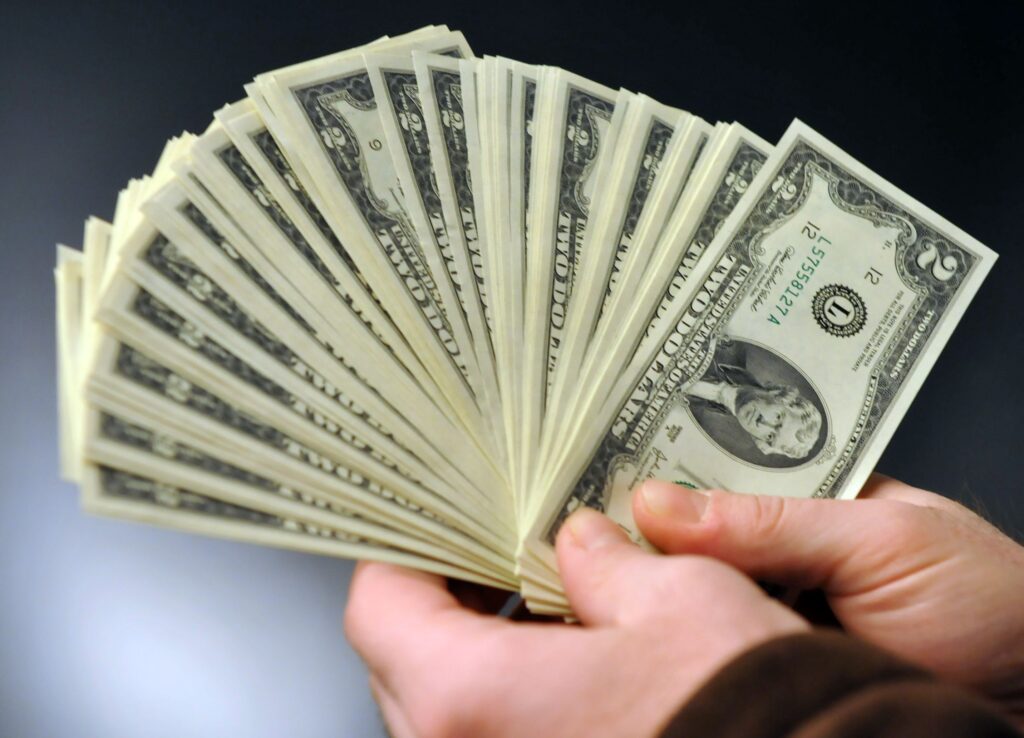Your $2 Bill Could Be Worth Thousands — Here’s How to Tell
Once considered cursed or “unlucky,” the $2 bill has long been America’s most misunderstood currency. But while superstition may have pushed it to the fringes, collectors are now paying thousands for rare editions of this once-snubbed note.
A Misunderstood Note with Surprising Value
Though some Americans still think the $2 bill is obsolete or rare, the Federal Reserve reported 1.6 billion of them in circulation in 2023. That’s a far cry from the 14.5 billion $1 bills or 11.2 billion $20 bills — but it’s proof the $2 bill is still very much alive.
In fact, interest has been quietly growing. Back in 2004, only 70 million were in circulation. For decades, the bill was dismissed as awkward to use in transactions or tainted by bad luck. According to the Bureau of Engraving and Printing, people even tore corners off the notes to “reverse the curse,” rendering them unfit for reissue.
A 1925 New York Times article noted, “He who sits in a game of chance with a two-dollar bill in his pocket is thought to be saddled with a jinx.”
But today, the $2 bill has found new life — not just as a collector’s item, but also as the subject of a 2015 documentary, The Two Dollar Bill, which dives into its rich history and the myths surrounding it.
From Jefferson to the Jackpot
The first $2 bill was printed in 1862 with Alexander Hamilton’s portrait on the front. In 1869, the design was changed to feature Thomas Jefferson, whose face still graces the note today. The reverse has featured both his Virginia estate, Monticello, and a vignette of the signing of the Declaration of Independence — the document he authored.
Over the years, the bill has seen numerous design changes, including alterations in seal color, layout, and printing details — all of which impact a bill’s value.
What Makes a $2 Bill Valuable?
Not all $2 bills are created equal. Some are just worth… two dollars. But others could fetch hundreds or even thousands of dollars at auction. Here’s what to look for:
1. Age & Seal Color
-
Bills from 1862–1896 with red, brown, or blue seals in uncirculated condition can be worth up to $5,000.
-
Circulated versions from that period may still fetch as much as $1,100.
-
Bills from 1917–1928 with red or blue seals range from $50 to $1,000, depending on condition.
2. Serial Numbers
Collectors also value “fancy serial numbers” — such as repeating digits, palindromes, or extremely low numbers. Some of these rare notes can command as much as $6,000.
3. Printing Location
Where the bill was printed and how it was printed also affects its value. Certain runs or limited series fetch a premium.
Got One in Your Wallet? Don’t Spend It Yet.
If you’ve got a $2 bill tucked away in a drawer, it’s worth taking a closer look — especially if it’s old, crisp, or has an unusual serial number. You could be holding a small fortune in your hand.
Have a rare $2 bill? Let us know — and don’t forget to share this story with friends who might have one too!

